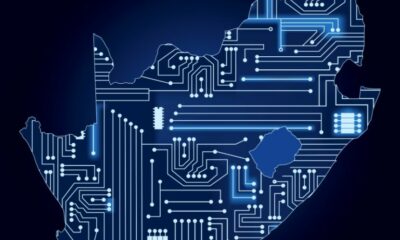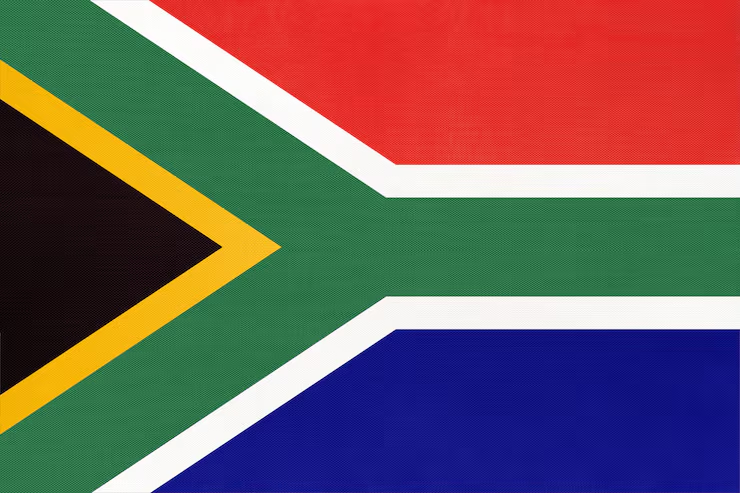Best of Johannesburg
How Schools and Clinics Are Coping with Load Shedding in Gauteng (2025)

With blackouts stretching up to 14 hours a day, Gauteng’s schools and clinics are learning to survive – and in some cases, innovate – in the dark.
By now, every Joburger is well acquainted with the candlelit dinners, dead routers, and frantic rushes to charge phones before the grid goes down. But in 2025, it’s not just households feeling the pressure of South Africa’s prolonged energy crisis. Gauteng’s schools and clinics – cornerstones of community life – are grappling with daily blackouts that are straining already under-resourced systems.
Also read: Why Your Water Pressure is Low – And What to Do About It, Johannesburg 2025
Learning Interrupted
At the heart of the crisis is a question no student should ever have to face: What happens when your school can’t switch on the lights?
In areas like Naturena and parts of Johannesburg South, learners are sitting for exams without access to digital resources, some schools are shutting doors during peak blackout hours, and others are scrambling to rework their timetables. The Department of Education has urged schools to align their schedules with load-shedding timetables – but in practice, that’s not always possible.
“Sometimes there’s just no choice but to close,” says a Gauteng principal who asked not to be named. “We can’t teach in the dark, and safety becomes a concern.”
The digital divide is growing, too. Well-funded schools with solar panels and UPS systems are managing – barely – while township schools without backup power are falling further behind. That gap has sparked concern on social media, where #LoadSheddingEducationCrisis trends whenever blackouts affect exams or result announcements.
Lights Out, Clinics Under Pressure
Healthcare facilities aren’t faring much better. While major hospitals usually get priority on the grid, smaller clinics often don’t. When the power goes out, vaccine fridges, life-saving machines, and even basic admin systems are left vulnerable. In some areas, patients have reported long delays or rescheduled appointments due to failed generators or staff shortages caused by blackout-related safety risks.
The Pretoria High Court has pushed the Gauteng government to shield essential services like schools, clinics, and police stations from load shedding – but implementation is uneven at best.
How They’re Coping
Despite the daily disruption, some institutions are finding ways to adapt. Here’s what’s working – and what still needs attention:
1. Backup Power
Many schools and clinics are investing in solar panels, battery banks, and UPS systems. These setups keep lights on in classrooms, power up computer labs, and help clinics run basic medical equipment. The provincial government has stepped in to support some schools, like Noordwyk and Northriding Secondary, with solar infrastructure that generates nearly 9,000 kilowatt-hours per month.
2. Flexible Scheduling
To avoid blackouts during core teaching or treatment hours, administrators are reshuffling timetables, holding morning sessions, and delaying after-school activities. Some schools are even experimenting with hybrid learning – though the success of this depends heavily on whether learners have access to devices and connectivity at home.

Image 1: Julia M Cameron (Pexels)
3. Energy-Smart Culture
Educators are teaching energy-saving habits alongside the usual curriculum – think switching off unused devices, recycling, and spreading awareness about renewable energy. Clinics are replacing outdated medical equipment with more efficient options to reduce strain when power is limited.
4. Community Solar and Government Response
In some neighbourhoods, community-driven solar projects are taking off – small-scale but symbolic of the resilience Joburgers are known for. Meanwhile, Eskom has promised a battery storage rollout and upgrades to stabilize the grid. Gauteng authorities are also exploring dedicated feeder lines for critical infrastructure, though progress remains slow.
A Bigger Conversation
The power crisis is more than a technical issue – it’s an education and public health emergency. Schools and clinics can’t function on wishful thinking, and while temporary fixes like generators and scheduling tweaks help, they’re not sustainable solutions. As the winter of 2025 unfolds with fewer unplanned outages than years past (thanks, in part, to Eskom’s improved winter plan), the pressure to build long-term, resilient infrastructure is only growing.
In the meantime, communities across Gauteng are proving they won’t sit idle in the dark. They’re adapting, pushing back, and keeping the lights on – one solar panel at a time.
Also read: Timeline of Joburg’s Biggest Water Crises – And What We’ve Learned (2025)
Follow Joburg ETC on Facebook, Twitter , TikTok and Instagram
For more News in Johannesburg, visit joburgetc.com
Featured Image: Adobe Stock


























